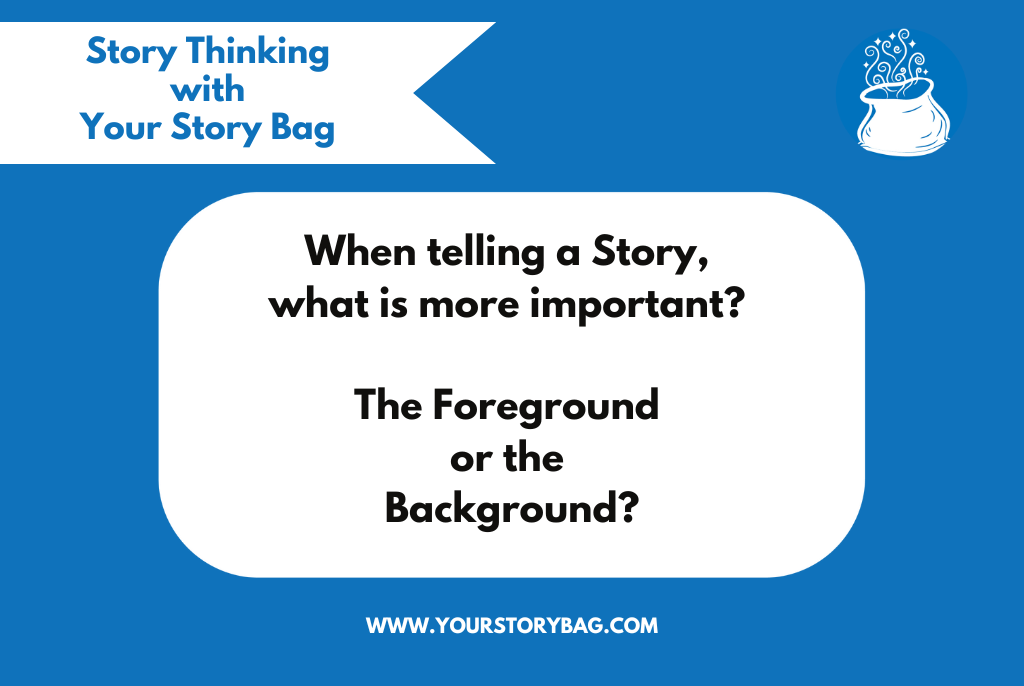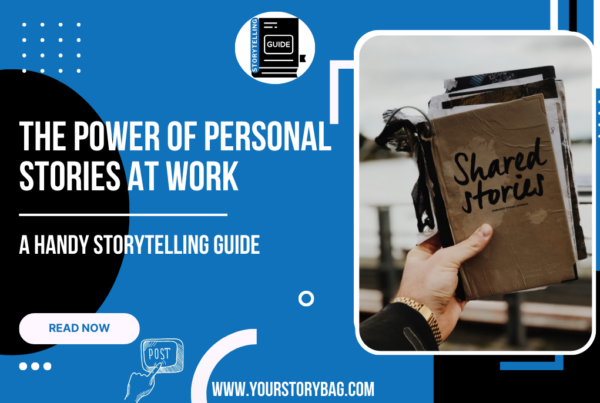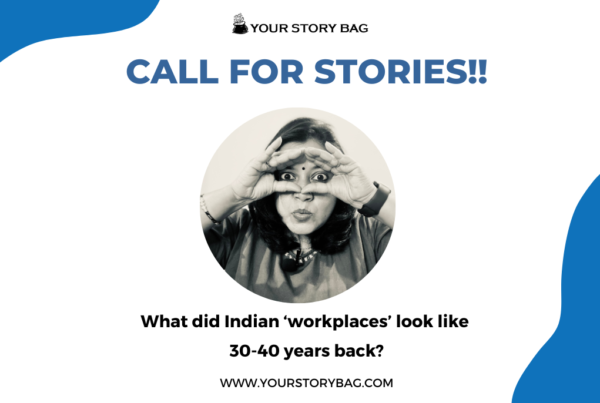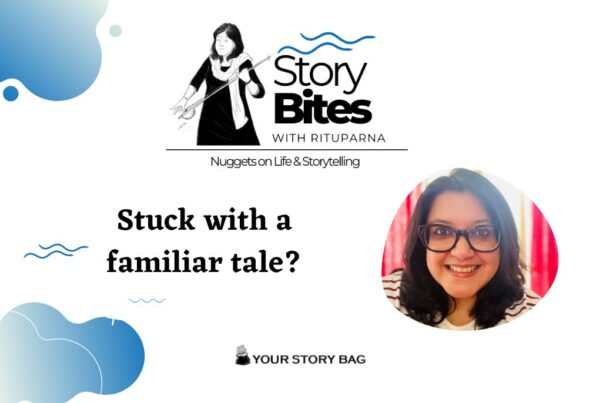
What’s more important? The Foreground or the Background?
When telling a story, both the foreground and the background play crucial roles, but their importance can vary depending on the type of story and the effect you wish to achieve.
Let me set this up with a context: In 2016, I was invited by a manufacturing firm to help their leadership manage ‘Change’. The new CEO wanted to bring in new systems and policies, the old warhorses were challenging his decision. In other words, they were experiencing resistance to change. My job was to ‘Use Storytelling to help the folks agree to change!’
That was the first time I tried the storied way approach in a corporate setting.
I propped a (realistic) fictional story and used it as the foreground to our intervention. The story opened doors to discussion and helped the participants respond to it without any inhibitions. They were crafting a resolution, handling ‘change’ as the central conflict of the story and utilising their own problem solving skills. Once we had discussed their stories, the workshop took a turn towards their own stories, particularly their own response to the change that their CEO was suggesting.
With the fictional story in the foreground, the audience was better prepared to go back into the background behind why change was necessary, both in the fictional story that they enjoyed playing with and their own reality.
I repeated the intervention with 125 senior managers across 5 locations in Rajasthan. While most of them participants didn’t decode my ploy, only one did.
He said, “Ma’am, this was such a clever thing to do! Your story methodology is such an interesting way to bring us all together to our reality. All of us could speak about things we didn’t agree upon.”
Let’s take a closer look:
Foreground
The foreground typically refers to the primary elements of the story, such as:
- Characters: Their development, motivations, relationships, and actions.
- Plot: The sequence of events that drive the story forward.
- Dialogue: Conversations that reveal character traits and advance the plot.
- Conflict: The main problem or challenge that characters face.
Importance of Foreground:
- Engagement: The foreground keeps readers engaged with dynamic characters and compelling plot twists.
- Clarity: It provides clarity to the main events and themes, making the story easy to follow.
- Emotional Connection: Audiences often connect more deeply with characters and their struggles, which are elements of the foreground.
For example, imagine you’re a leader who tells the story behind a new policy decision. The foreground in your story is WHY is this decision important. And HOW will this impact your employees.
Background
The background refers to the setting, context, and broader environment in which the story takes place, including:
- Setting: The time and place where the story unfolds.
- World-building: Detailed creation of the environment, especially in genres like fantasy or science fiction.
- Context: Historical, cultural, or social context that influences the characters and plot.
- Subtext: Underlying themes and messages that enrich the story.
Importance of Background:
- Immersion: A well-crafted background immerses readers in the story world, making it feel real and believable.
- Depth: It adds layers to the narrative, making the story richer and more complex.
- Subtle Influence: The background subtly influences characters’ actions and the plot, providing a deeper understanding of the story.
In the same story as above, your background will be WHAT are the events that have made this change important. What have been the repercussions and how has the organisation suffered.
Balancing Foreground and Background
A well-balanced story integrates both foreground and background seamlessly. Here’s how to achieve that balance:
- Here & Now: Every listener wants to know what is in it for them. The here & now helps you satisfy their most immediate needs.
- Then & There: The background validates the here & now. It appeals to your audience’s value system, higher order thinking skills and their understanding of going deeper into decision making.
- Trust & Transparency: When you tell both halves of your story, you build trust with the listener. They get a step closer to the decision making process and are better able to manage any discomfort that comes with change.
In this case, the foreground and background were two separate stories. That’s the easiest way to juxtapose the present with the past. Or fiction with fact. However, individual stories can also have the foreground and background in a single narrative.
Imagine you are onboarding new employees in your team and you want to tell the #OriginStory of your organisation. The foreground would be how your your founders starting the company. The background in the story would be the specific economic, political and social context of why that is important.
Or you’re a non-profit that wants to tell the story of what made you begin working on a certain cause. The foreground and background could be the specific story of a person / community that was deeply affected. It’s important to note that stories set in the past have to pivot on the historical aspects of the story that have both the foreground and background in it.
Enjoyed Story Thinking with Your Story Bag? Follow our monthly series on our website: www.yourstorybag.com
![]()






